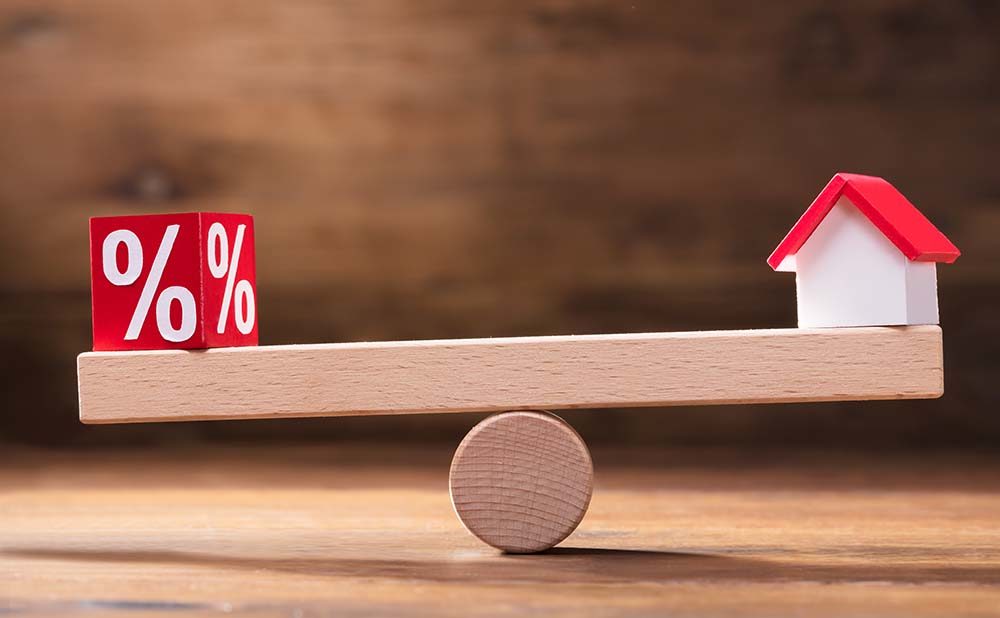
If you are in the market for a new home, you likely are aware of the volatile state of the market when it comes to rising interest rates. You or someone you know may have been forced to the sideline because you can no longer afford to purchase a home or feel like you’ve lost your buying power.
The beginning of 2022 was still a strong seller’s market – buyers were paying thousands over ask and removing all contingencies (their safety nets) to win the bid. Elevated home prices due to the lack of inventory and artificially low interest rates were driving the bus on this one. The market took a very different turn in the coming months.
What determines the state of the housing market?
Several factors can influence whether a housing market is a seller’s market, a buyer’s market, or a neutral market. These include supply and demand, economic conditions, interest rates, and demographics. For the last several years, we’ve been in a strong seller’s market that many have expected to shift. Rising interest rates, inflation, and an economy still working to recover from the lasting effects of COVID have led us to a place where inventory is still somewhat low, but rising interest rates have slowed demand. Simultaneously, builders who have dealt with supply issues and high building costs now also must deal with rising rates. This has created a very unique housing market.
What strategies can help navigate our current situation?
If you are a buyer in today’s market, you are going to want to pay attention. Sellers do not have all the power anymore! Higher interest rates can lower housing demand and increase the time a home stays on the market. This unique situation is the exact time when you can take advantage of your buying power. While you may have witnessed price reductions, most sellers do not realize that in terms of financing and the issue at hand, affordability, a price reduction does not do much to help a potential borrower’s monthly payments. Price reductions can also cause problems in the overall home values of the neighborhood, which can potentially hurt future sales.
What if there was a way to create a win/win situation for everyone involved in the transaction?
There is a solution, and it’s called the seller-paid rate buydown. This is where we ask the seller for concessions to buy down the interest rate on the loan. We are then converting the concessions into discount points. If you are a buyer, this could help lower your payment and possibly help you qualify for a loan for which you may have previously been denied. On a $350k purchase, a $10k rate reduction can result in savings of more than $200 per month versus that of a $10k price reduction. Many borrowers were looking at homes earlier this year that were $100-$150k more than they are looking at now. That’s a completely different house, neighborhood, location, and maybe even school district.
If you are selling a home and are considering dropping the price by $20,000, we urge you to speak with us before making that decision. We can show you options that will allow you to keep more money in your pocket and attract more buyers, for a fraction of that $20,000. This strategy works for lowball offers as well. Don’t be insulted by the offers—More than likely, it’s just what the borrower can afford, but we can show you a way to get that offer price back up.
If you’re a buyer looking at homes and are worried about rising interest rates, talk with your lender about ways to bring your interest rate down with a rate buydown. This could very well be the solution that helps you purchase a home, affordably, in today’s market.
This strategy can be used in many different scenarios across all loan products. If you think you could benefit from this strategy, take advantage of the timing and reach out to us today.